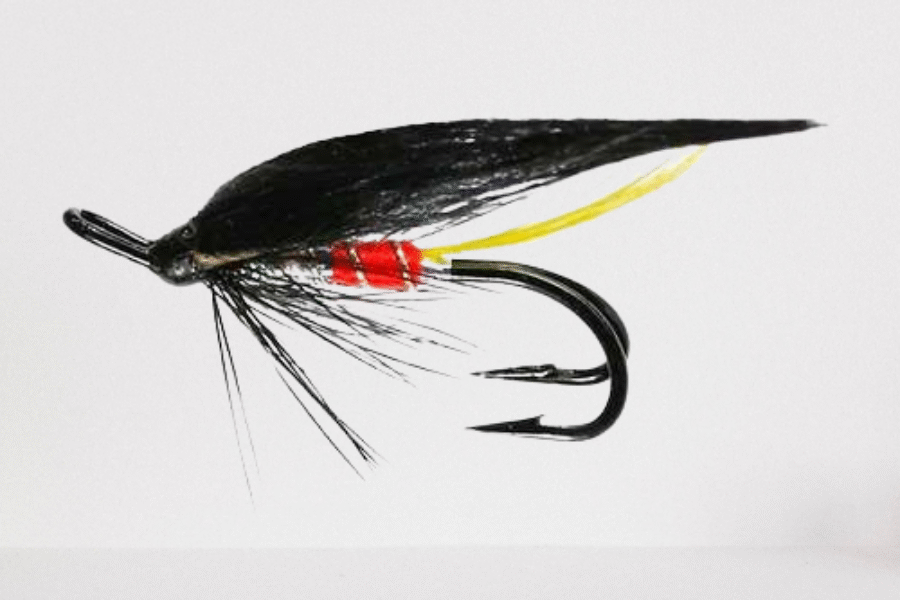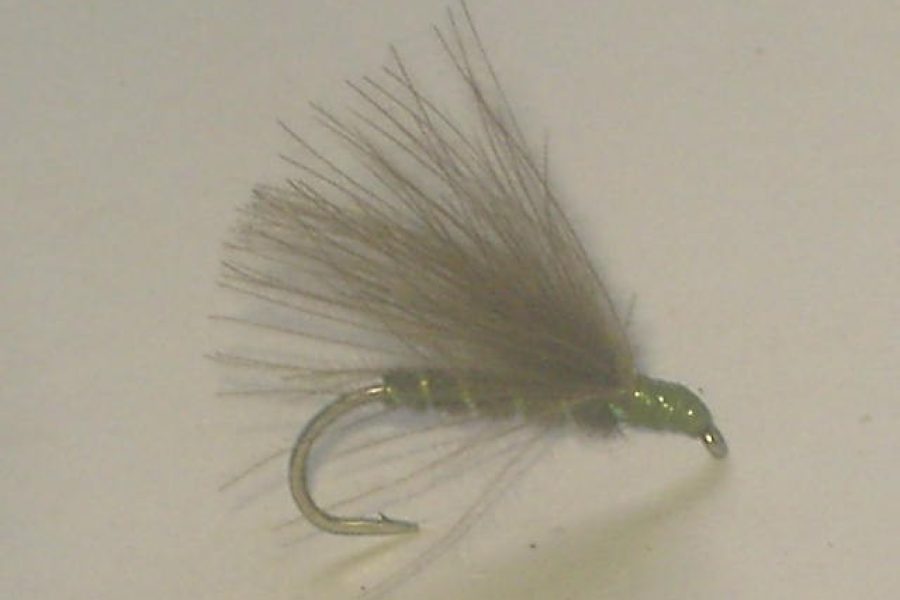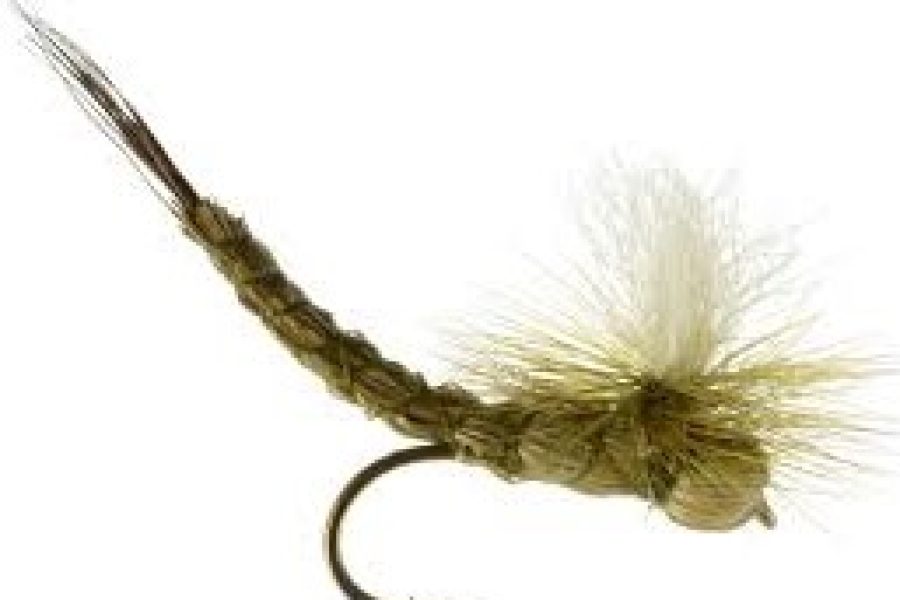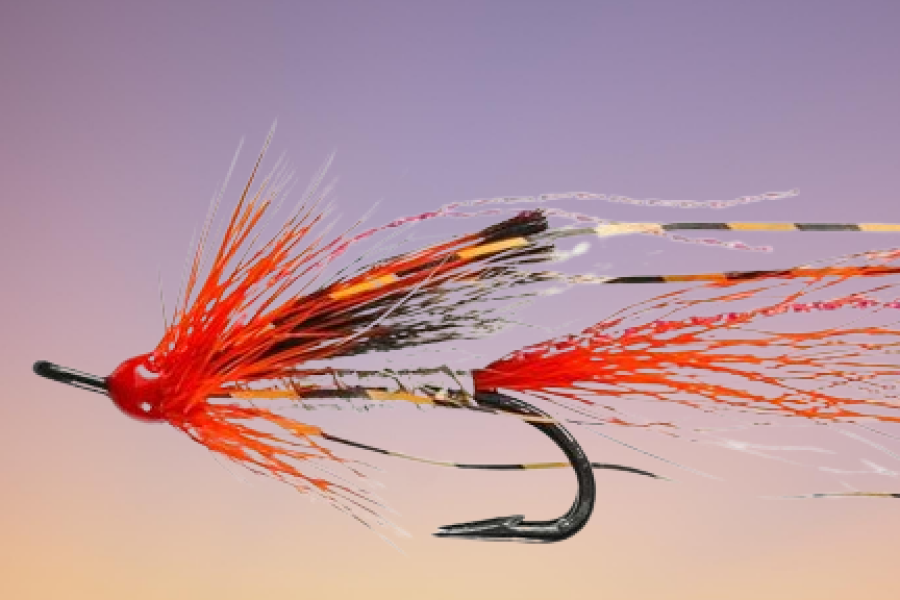Prince Nymph, Double Bead Head
Per Dozen $ 7.00
Description
The Prince Nymph, Double Bead Head represents an innovative evolution in the classic Prince Nymph pattern, combining dual tungsten beads with traditional Prince Nymph materials and design. This specialized pattern enhances the original Prince Nymph’s effectiveness with additional weight and flash, creating a highly effective pattern that excels in deep water and fast currents. Developed through extensive testing in challenging conditions, this pattern has proven particularly effective for targeting selective trout in technical waters.
Design Philosophy and Material Innovation The pattern’s effectiveness stems from its carefully engineered components:
- Dual precision-machined beads
- Traditional Prince materials
- Quality peacock herl
- Precise proportions
- Durable construction
- UV-enhanced materials
- Strategic weight distribution
- Enhanced profile design
- Advanced tying techniques
- Natural movement properties
Technical Specifications
Hook Characteristics:
- Heavy-gauge nymph hook
- Available sizes: 12-18
- Strong wire construction
- Straight-eye design
- Chemically sharpened points
- Wide gape configuration
- Corrosion-resistant finish
- Optimal hook strength
- Enhanced penetration design
- Perfect bead-to-hook ratio
Material Properties:
- Dual tungsten beads
- Premium peacock herl
- White goose biots
- UV-reactive components
- Water-resistant treatments
- Enhanced durability features
- Quality natural materials
- Specialized body materials
- Color-fast properties
- Movement enhancement
Construction and Tying Process The pattern’s success relies on precise construction methods:
- Balanced proportions
- Strategic bead placement
- Graduated body tapering
- Reinforced thread base
- Material integration
- Enhanced durability features
- Proper biot application
- Body segmentation
- Profile consistency
- Weight distribution
Fishing Applications and Techniques
Presentation Methods:
- Dead-drift nymphing
- Short-line techniques
- Tight-line control
- Multiple retrieval speeds
- Euro nymphing
- Pattern jigging
- Depth manipulation
- Current seam fishing
- Structure targeting
- Strike detection
Specialized Applications:
- Deep pools
- Fast water
- Technical water
- High-pressure situations
- Structure fishing
- Pocket water
- Bank fishing
- Seam fishing
- Drop-offs
- Current breaks
Seasonal Effectiveness
Winter Performance:
- Prime deep-water season
- Cold water periods
- Reduced activity
- Limited feeding windows
- Slow presentations
- Temperature considerations
- Pattern visibility
- Fish holding patterns
- Oxygen levels
- Light penetration
Spring Applications:
- Pre-spawn activity
- Warming waters
- Initial feeding
- Water level variations
- Mixed techniques
- Weather changes
- Pattern selection
- Temperature increases
- Fish movement
- Feeding windows
Summer Strategy:
- Early morning fishing
- Deep water refuges
- Temperature changes
- Feeding patterns
- Oxygen levels
- Light penetration
- Fish behavior
- Water conditions
- Current seams
- Structure targeting
Fall Tactics:
- Pre-winter feeding
- Cooling waters
- Changed light conditions
- Transitional periods
- Aggressive takes
- Pattern visibility
- Fish location
- Temperature drops
- Migration patterns
- Feeding windows
Habitat and Water Types
River Applications:
- Freestone rivers
- Mountain streams
- Boulder pockets
- Fast runs
- Riffles
- Deep pools
- Current seams
- Structure areas
- Tailouts
- Holding water
Specialized Environments:
- Crystal clear waters
- Stained conditions
- Shallow riffles
- Deep runs
- Complex currents
- Bank water
- Pocket water
- Boulder gardens
- Undercut banks
- Drop-offs
Target Species and Behavior
Primary Species:
- Brown Trout
- Rainbow Trout
- Brook Trout
- Cutthroat Trout
- Grayling
- Whitefish
- Bull Trout
- Lake Trout
Feeding Behaviors:
- Bottom feeding
- Nymph oriented
- Opportunistic takes
- Pattern recognition
- Selective feeding
- Natural drift following
- Strike triggers
- Visual stimulation
- Lateral line response
- Competitive feeding
Rigging Recommendations
Leader Setup:
- 7.5-9 foot leaders
- 4X-6X tippet
- Tapered leaders
- Fluorocarbon options
- Loop-to-loop connections
- Shock absorption
- Proper stiffness
- Knot strength
- Breaking strain
- Abrasion resistance
Presentation Options:
- Single fly rigs
- Double nymph rigs
- Multiple fly systems
- Traditional methods
- Modern techniques
- Line matching
- Leader design
- Tippet selection
- Weight placement
- Depth control
Professional Applications
Guide Usage:
- Client-friendly pattern
- Proven success rates
- Visibility advantages
- Easy casting
- Multiple techniques
- Teaching tool
- Confidence pattern
- Versatile applications
- Durability
- Hook-up ratio
Competition Usage:
- Tournament proven
- Technical water success
- Pressure adaptation
- Quick-change capability
- Consistent performance
- Depth control
- Pattern rotation
- Size variation
- Color selection
- Presentation options
Care and Maintenance
Post-Fishing Care:
- Thorough drying
- Material grooming
- Hook point inspection
- Bead maintenance
- Herl preservation
- Storage preparation
- UV protection
- Pattern inspection
- Material maintenance
- Weight verification
Storage Requirements:
- Dry environment
- UV protection
- Separate compartments
- Regular inspection
- Moisture prevention
- Temperature control
- Light protection
- Ventilation needs
- Box organization
- Inventory management
Advanced Fishing Methods
Presentation Techniques:
- Euro nymphing
- Tight-line control
- Depth control
- Strike detection
- Drift management
- Current reading
- Structure approach
- Pattern tracking
- Recovery methods
- Angle optimization
Water Reading:
- Current understanding
- Depth assessment
- Structure location
- Fish holding areas
- Presentation angles
- Feeding lanes
- Travel routes
- Rest areas
- Temperature breaks
- Current seams
Environmental Considerations
Conservation Features:
- Barbless options
- Sustainable materials
- Durable construction
- Catch-and-release friendly
- Minimal environmental impact
- Eco-conscious design
- Material selection
- Ethical considerations
- Resource protection
- Species conservation
Material Selection:
- Responsible sourcing
- Quality components
- Recyclable elements
- Ethical production
- Sustainable practices
- Environmental impact
- Material longevity
- Waste reduction
- Local materials
- Eco-conscious design
Additional information
| Hook size | 10, 12, 14, 16, 18, 20, 6, 8 |
|---|---|
| Hook type | Barbed Hooks, Barbless Hooks |
We're glad you're here. Let us know how we can assist — whether you're looking for barbless flies, bulk orders, or have a custom request. We're ready to help you catch the perfect deal!










